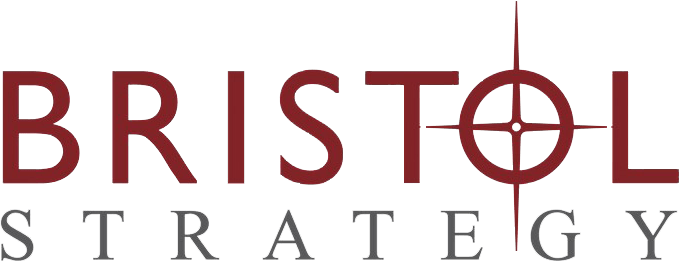Successful fundraising requires more than just picking the right event idea and implementing best practices for donor retention, engagement, and acquisition. To earn the revenue needed to power your cause, your nonprofit must juggle many moving parts to create a streamlined experience that inspires supporters to contribute. Simply put, it’s not a solo job; it’s a team effort.
For the best fundraising results, you need a strong team. In this guide, we’ll discuss how your charitable organization can improve its fundraising team to secure the funds you need for your mission.
1. Define clear roles and responsibilities.
Think back to your school days and the dreaded group project. You likely remember at least one project where you had to pull more than your weight to get your desired grade. Why is that?
Usually, this situation occurs when each team member’s responsibilities are unclear. This leads to some individuals taking on more tasks than others, breeding resentment and resulting in uneven workloads. For a team that works together constantly, this can lead to major obstacles.
The first step to improving your fundraising team is to define clear roles and responsibilities for each individual. Here are a few typical roles in fundraising teams and their corresponding tasks:
- Fundraising directors lead the nonprofit’s overall fundraising strategy and manage team members. They develop annual fundraising plans, ensure all activities are aligned with your strategy, and track and evaluate fundraising performance.
- Major gifts officers focus on cultivating relationships with and securing donations from major donors. They’ll identify major giving prospects, build donor profiles, solicit major gifts, and create and implement customized stewardship plans.
- Grant managers acquire funding by identifying relevant grant opportunities, creating and submitting grant proposals, and maintaining compliance with funding requirements.
- Sponsorship managers secure corporate sponsorships for events and campaigns. They research potential sponsors, develop sponsorship packages, conduct sponsor outreach, and ensure sponsors receive the agreed-upon benefits.
- Event coordinators specialize in organizing fundraising events for nonprofits. They determine the most profitable fundraisers, fill your annual calendar with high-value events, and manage logistics.
- Marketing leads focus on all things communication and marketing. This requires them to collaborate closely with other members of your fundraising team, such as your event coordinator and sponsorship manager, to ensure your activities gain visibility.
- Volunteer coordinators manage the volunteers to help with fundraising activities. This may include overseeing volunteer recruitment, training, communication, and appreciation.
When responsibilities and expectations are clear, you can better assign roles based on each team member’s strengths. It’s especially true if your team comprises board members and volunteers instead of individuals you hired for each role.
2. Foster open communication and collaboration.
Maintain fundraising cohesion and momentum by promoting open communication and collaboration between team members. Here are a few ways you can facilitate better teamwork and communication:
- Create shared goals. Encourage team members to interact with and work with one another to create shared goals. For best results, have your team develop these goals together so everyone understands the goal and feels like their input is valued.
- Schedule regular meetings. Team check-ins will fall by the wayside if you don’t prioritize them. Schedule regular meetings where the team can check in with one another, hold each other accountable for their tasks, and give their input on their tasks.
- Use collaborative tools. Dedicated project management platforms like Trello or Asana help teams track tasks and assign responsibilities as needed. Other tools like Google Workspace enable collaboration through email, spreadsheets, and documents.
- Encourage honest feedback. According to eCardWidget, honest feedback is one of the cornerstones of a great workplace culture. Give your fundraising team opportunities to provide feedback to one another. If multiple team members have concerns about your fundraising direction, take their concerns seriously and address them promptly.
Certain fundraising tasks require the work of multiple team members, so it’s good to strengthen the bonds between them.
For example, if you’ve decided to host a family-friendly fundraising event, Funds2Orgs emphasizes how your event coordinator, sponsorship manager, and marketing lead will need to work together to facilitate a successful event. Implementing team-building and collaborative practices will help your team members succeed.
3. Invest in professional development and training.
Invest in team members’ professional development and training to keep ideas fresh and ensure they perform to the best of their abilities. By broadening their knowledge, your team members will discover new best practices and tips they can leverage for your nonprofit, resulting in fresh fundraising ideas and activities.
For instance, you might have team members take online courses or attend workshops on a wide range of subjects, such as:
- General fundraising and donor engagement
- Data analytics and CRM training
- Grant writing
- Digital fundraising
- Networking and relationship-building
- Leadership
- Public speaking and presenting
- Finances and budgeting
Upskilling your team doesn’t need to break the bank. Start small by referring them to free online resources or by recommending books. Once you have the budget, you can invest in more expensive opportunities such as conferences and certifications.
4. Work with a fundraising consultant.
If you truly feel stuck in a rut and aren’t sure how to boost your fundraising results, working with a consultant might be the solution you’re looking for. These individuals bring years of experience to your nonprofit, helping you craft practices tailored to your organization’s specifications.
For example, let’s explore what working with Bristol Strategy Group looks like. You start with a fundraising assessment, in which your consultant analyzes your nonprofit’s fundraising capacity. They’ll reveal how well your team collaborates to accomplish your goals and identify where productivity is lacking.
Then, they’ll help you improve your fundraising with advanced reporting tools. They’ll analyze your data to deliver key insights and give your leadership the knowledge they need to improve your nonprofit’s sustainability. They’ll also pinpoint any disconnects between your fundraising team’s expectations, your board’s expectations, and fundraising realities. They’ll provide live, interactive coaching and suggest methods for tracking progress and creating continuous improvement.
Your whole team must be on the same page to build fundraising success. Start by implementing these strategies. After a few months, evaluate whether the strategy helped your nonprofit. By ensuring your team is in sync and providing them with key tools and knowledge, they’ll more effectively generate results for your nonprofit’s mission.


